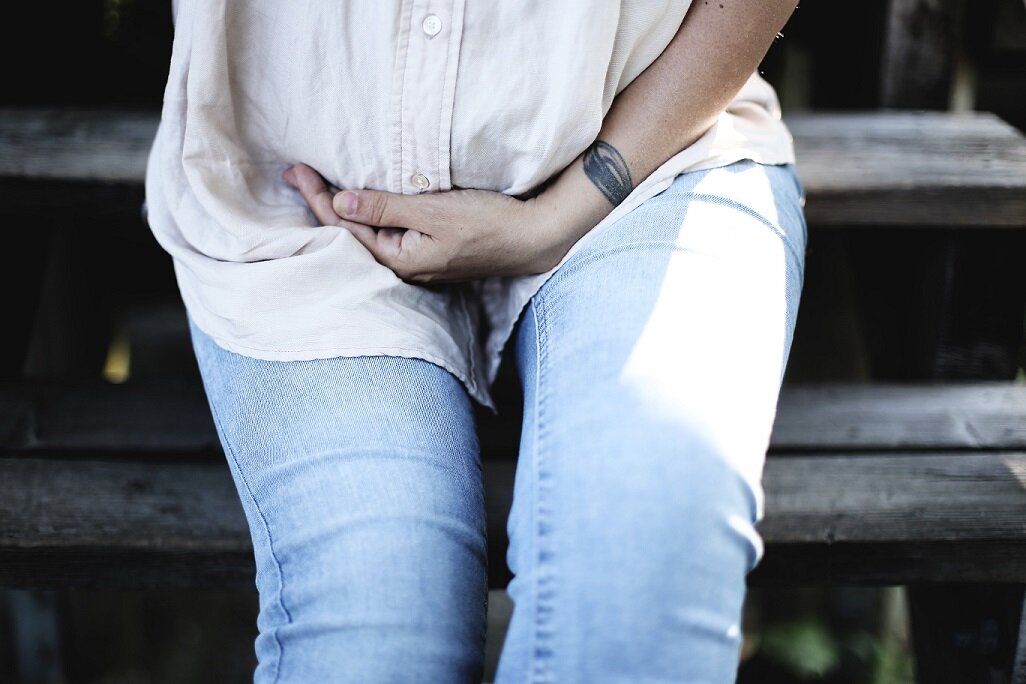Do You Experience Ovulation Pain? A Myotherapist’s Tips
Many of us know about menstrual cramps and other PMS symptoms. But what you might not know as much about is ovulation pain.
What is ovulation pain?
Ovulation pain is pain that occurs around ovulation – about 2 weeks into your monthly cycle. You might also hear it referred to as ‘mittelschmerz’ – a German term meaning ‘middle pain’.
It will usually be one-sided, corresponding with the ovary producing an egg that month. The pain occurs in the lower stomach or pelvic area. The pain will usually be mild to moderate, and may feel like a twinge or and ache. It can last anywhere from a few minutes up to 2 days.
Ovulation pain is more common than you might think. It’s believed that up to 20% of women experience it, although some may only experience it intermittently.
Is ovulation pain a sign that something is wrong?
In most cases, no. However, it can indicate other concerns if it severe prolonged pain, or is associated with other symptoms such as heavy menstrual flow.
If your pain is severe or lasts more than 2 days, it’s important to rule out other health conditions such as:
Endometriosis
Ovarian cysts
Ectopic pregnancy
Appendicitis (if the pain is right-sided)
Other digestive concerns such as ulcers and inflammatory bowel disease
How to treat ovulation pain
What do you do if you need some ovulation pain relief? There are ways you can manage and relieve symptoms of ovulation pain. Give these tips a try:
Heat packs are good to have on hand when it comes to ovulation pain. We think having a fun pattern is an added bonus!
Keep the area warm
A heat pack is great for period pain, but warmth can be just as soothing for ovulation pain.
You can pop a heat pack onto the painful area, or soak in the bath with some bath salts.
Psst - you’ll find heat packs, bath salts and magnesium oil available via The Wellness Nest Shop range.
Give yourself a self-massage
Another good way to soothe ovulation pain is with a gentle self-massage. Our head myotherapist Rhianna suggests a tummy massage as follows:
Make clockwise circular motions around the area that is painful or tender.
Don’t go too deep – start light, and work down to a pressure that is comfortable for you. If you experience sharp pain during the massage, stop and consider seeking professional advice.
Use an oil or a scent you love. You can also use a topical option such as Salt Lab Magnesium Oil Spray.
Add in some gentle movement
When your stomach or pelvic area is feeling uncomfortable, you might not feel like hitting the gym or even doing a core-centred workout like Pilates. But we know that movement is a great way to relieve pain and boost your feel-good endorphin levels naturally.
Instead, find some ways to move your body in a gentle way. Some good options might include:
Yoga, especially yin yoga or a yoga flow designed for menstrual/stomach pain
A walk around the block or in a local park
Tai Chi or Qi Gong
Swimming at a slow-moderate pace
Tai Chi or Qi Gong
If ovulation pain is a regular occurrence for you, or you’d just like a little extra TLC, you might like to see a practitioner who understands.
Our head myotherapist Rhianna is passionate about women’s health, which is why she now offers a customised Wellness Nest Woman Myotherapy treatment.
A Wellness Nest Woman treatment includes 90 minutes of bliss using Rhianna's combination of relaxation, remedial massage and myotherapy approaches. It can combine the use of essential oils, crystals, cupping, dry needling and any other available items in the treatment room.
To book a Wellness Nest Woman session, head to our booking page and select Rhianna as your practitioner.


